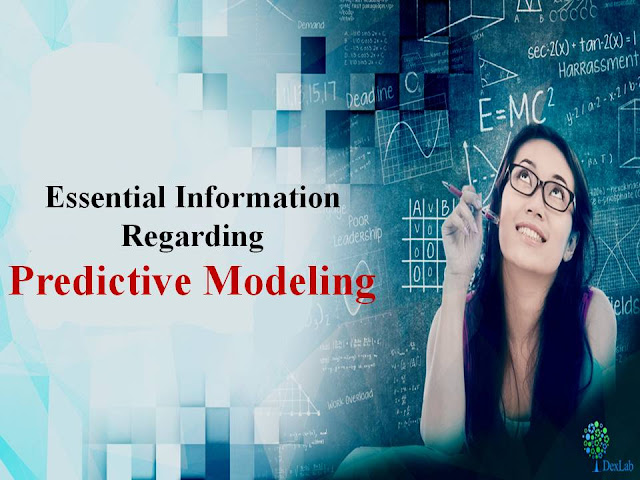The process through which models, that can predict best what the probability of an outcome is likely to be, are created, tested and validated is known as predictive modeling. Multiple methods for modeling are available from the fields of artificial intelligence or AI, machine learning, and statistics. The model is determined through repeated testing, validating as well as making an evaluation of the particular model while making use of the detection theory in order to assume how probable an outcome is within the amount of data set as input.
Models may make use of multiple classifiers while making an attempt to determining how probable one data set is when compared to another. There are different models that have their unique set of strengths and weaknesses and suit particular types of problems better.
A model may be reused and recreated when one trains an algorithm through the use of data that has been historically stored. After the model is saved in order to be used again the common rules of business are determined. The algorithm, suitably trained for the purpose, then analyzes the results with the historical data.
The solutions that come as software in the field of predictive modeling is enriched with the ability to export the information model as a local file as a PMML or Predictive Modeling Markup Language which is industry standard language used in the predictive modeling world with the purpose of sharing the particular model so that it may be used to analyse data that is similar.
Business Process used on Predictive Modeling
- Creating the actual model: A software solution is used in order to create a model that lets a person run multiple algorithms on a particular set of data.
- Testing Particular Models: The model should be tested on particular sets of data. In cases of particular situations past data is tested in order to illustrate how accurate are the predictions of data.
- Validating Particular Models: The next step in the process is to validate particular models by running results making use of tools of visualization and understanding the business data.
- Making evaluations of the model: The next step is to evaluate the model that fits the best amongst the models available and which is better suited to particular kinds of data.
In case you wish to learn more about predictive modeling especially about SAS Predictive Modeling, you would do well for yourself by joining a reputed and industry recognized SAS training institute like DexLab Analytics.
Related Posts :
Business Analyst Training Courses in Delhi & Gurgaon
Advanced Excel Course Online in Delhi and Gurgaon
Advanced excel VBA institute in Gurgaon and Delhi

